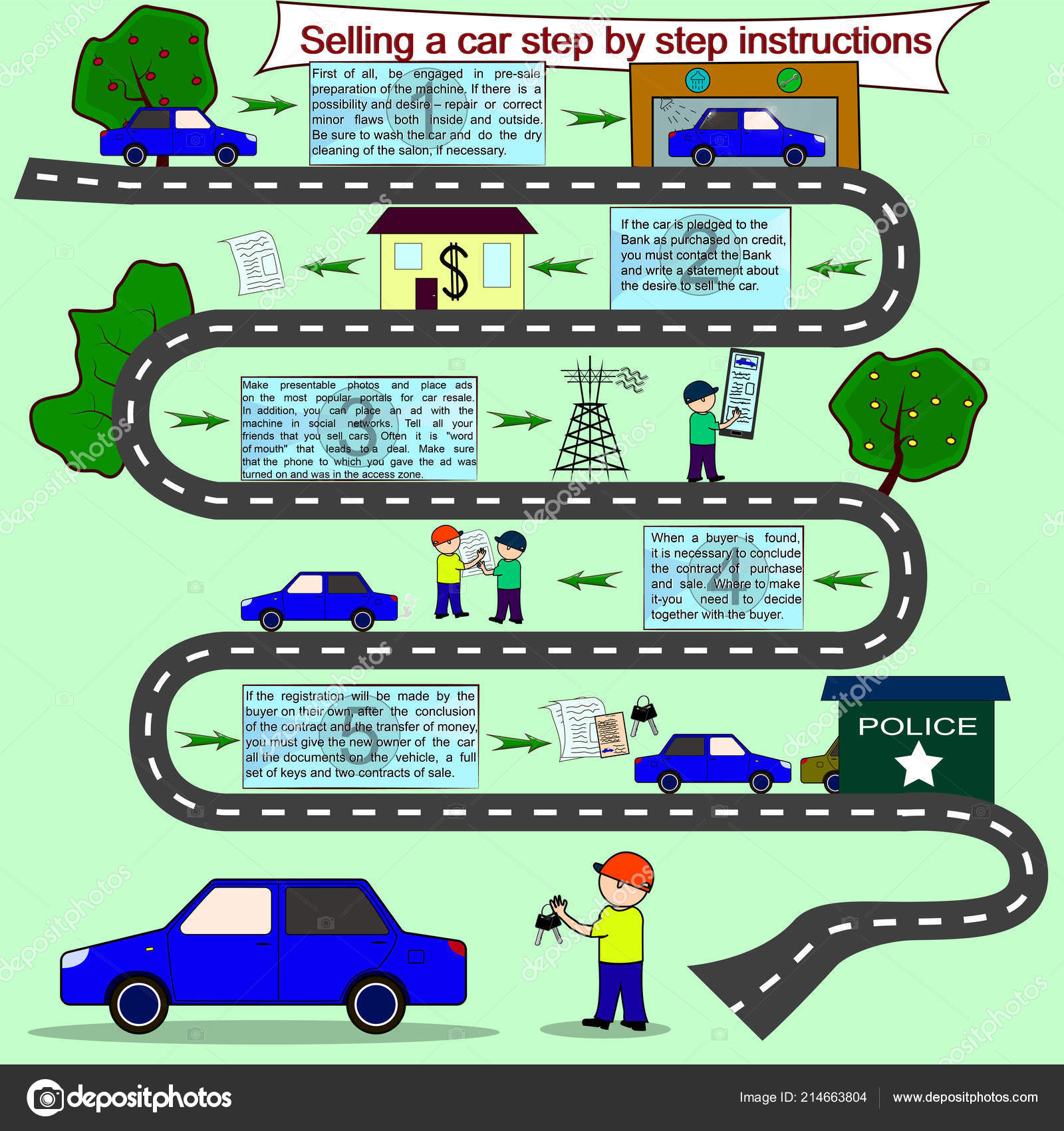Understanding The Meaning Behind Your Car'S Warning Lighting: An In-Depth Appearance
Understanding The Meaning Behind Your Car'S Warning Lighting: An In-Depth Appearance
Blog Article
Produced By-Boye Alvarado
When you're behind the wheel, those radiant caution lights on your dashboard can be a little bit bewildering. Do you recognize what they're trying to tell you regarding your vehicle's health and wellness? Recognizing the value of these lights is crucial for your safety and the long life of your automobile. So, the next time among those lights turns up, wouldn't you want to decode its message accurately and take the required steps to resolve it?
Common Caution Lighting and Interpretations
Recognize typical warning lights in your automobile and recognize their significances to make certain safe driving.
The most regular warning lights include the check engine light, which signals problems with the engine or discharges system. If this light begins, it's critical to have your vehicle examined without delay.
The oil pressure advising light shows low oil stress, requiring immediate focus to stop engine damages.
A flashing battery light could recommend a malfunctioning billing system, possibly leaving you stranded otherwise addressed.
boat cleaning and detailing near me (TPMS) light signals you to low tire stress, affecting car security and gas effectiveness. Disregarding this could result in harmful driving problems.
The abdominal muscle light indicates an issue with the anti-lock stopping system, compromising your capability to stop swiftly in emergencies.
Finally, the coolant temperature advising light warns of engine overheating, which can lead to severe damage if not dealt with swiftly.
Recognizing these common caution lights will certainly aid you address problems quickly and keep risk-free driving problems.
Importance of Prompt Interest
Recognizing the usual warning lights in your car is just the initial step; the relevance of without delay attending to these cautions can't be highlighted enough to ensure your security when driving.
When a caution light illuminates on your dashboard, it's your car's means of interacting a potential issue that needs interest. Ignoring these cautions can cause extra severe troubles in the future, endangering your security and potentially costing you extra out of commission.
Motivate focus to warning lights can protect against break downs and mishaps. For example, a blinking check engine light can show a misfire that, if left neglected, might cause damages to the catalytic converter. Resolving this without delay can conserve you from a costly repair.
Likewise, a brake system cautioning light might indicate low brake fluid or worn brake pads, vital elements for your safety and security when driving.
Do It Yourself Troubleshooting Tips
If you notice a caution light on your control panel, there are a few DIY fixing tips you can try before looking for expert assistance.
The initial step is to consult your cars and truck's manual to comprehend what the particular caution light suggests. Occasionally the problem can be as straightforward as a loosened gas cap triggering the check engine light. Tightening Suggested Site may settle the problem.
An additional common problem is a reduced battery, which can activate various warning lights. Inspecting https://carecutuning84951.ziblogs.com/30360466/uncovering-the-surprise-gems-of-a-first-class-car-repair-shop-experience for corrosion and guaranteeing they're safe and secure might deal with the problem.
If a caution light continues, you can attempt resetting it by disconnecting the automobile's battery for a few mins and afterwards reconnecting it. Additionally, inspecting your lorry's liquid levels, such as oil, coolant, and brake liquid, can help troubleshoot warning lights associated with these systems.
Final thought
To conclude, recognizing your vehicle's warning lights is vital for maintaining your automobile running efficiently and safely. By without delay dealing with these alerts and knowing what they mean, you can stay clear of pricey repair services and possible break downs.
Remember to consult your auto's handbook for particular details on each alerting light and act accordingly to make sure a trouble-free driving experience.
Remain informed, stay safe on the road!
